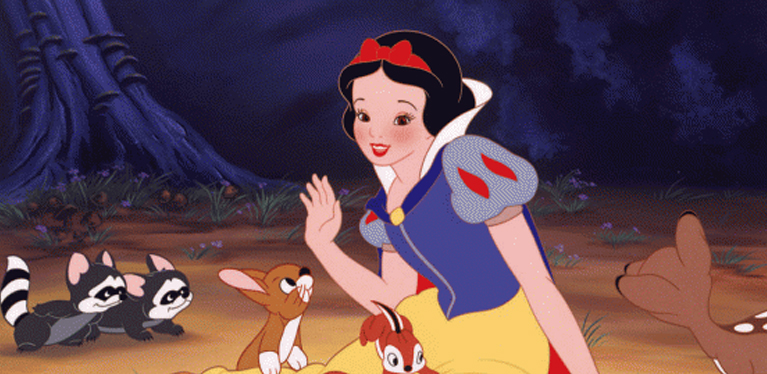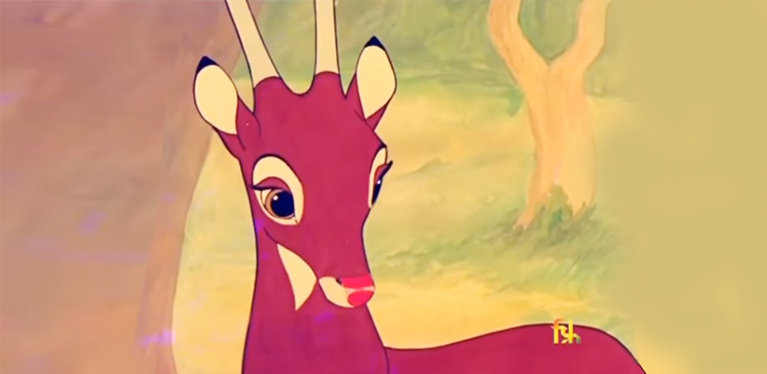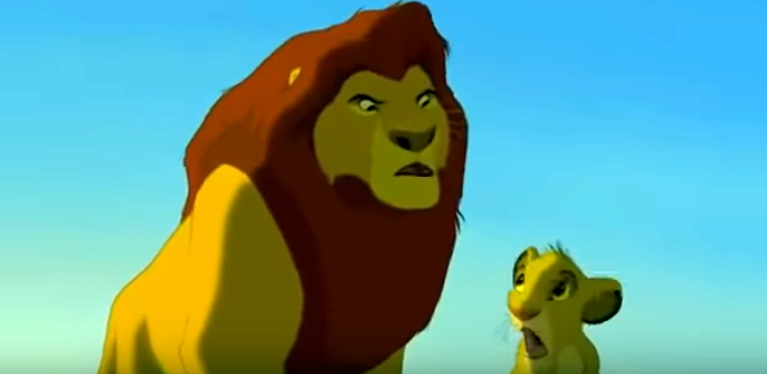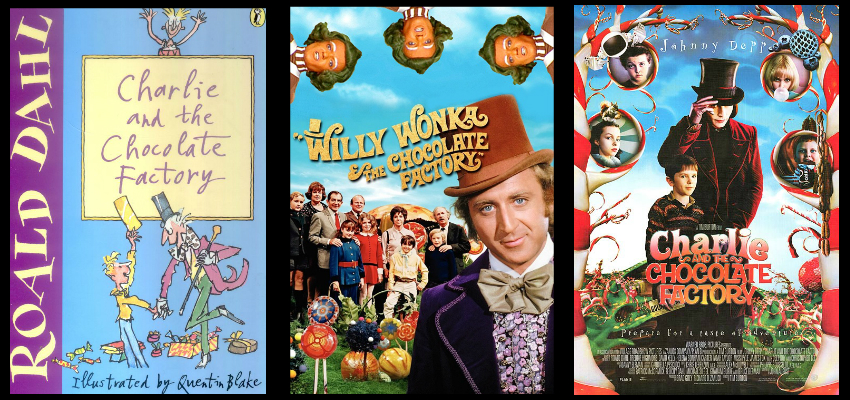A portion of our fondest childhood memories go back to those lazy Sunday mornings spent watching cartoon shows and films on television. The interest and excitement of kids to watch cartoon shows and animated films may have prompted a large number of production houses to bring in the emotional change in the animation industry, in such a brief timeframe.
Animation is still about storytelling, but what changed is the process of that story telling. Animation is nothing but art-in-motion and today it is characterised and presented through stories in motion. The history of animation has evolved over the years. We are currently living in a world where computers and internet help to create some staggering animated characters and movies, which are enjoyed by a diverse group of audience across the world.
Early animated movies in India
The Banyan Deer (1957) has always been referred to as India’s first and foremost animated film. But, it is said that decades back, hand-drawn black and white films have been made using basic techniques of animation. Scenes and frames were made physically and were shot frame by frame for a considerable period of time. The Pea Brothers by Gunamoy Banerjee was the first animated film, hand-drawn and black and white, which got a theatrical release in Kolkata in 1934. This was followed by Raghunath K Kelkar’s Jambu Kaka in 1934. On a Moonlit Night was the first animated movie with a soundtrack made by B.N. Sircar of the New Theaters of Bengal in 1934 itself.
Clair Weeks, a Disney artist who had worked on successful Disney movies like Bambi and Snow White and the Seven Dwarves had set up a primary animation studio in India and started gathering Indian artists to train them on animation and filmmaking. Thus was established the first animation studio in India. The artists proceeded to make The Banyan Deer in 1957, which was India’s originally enlivened animated colour film.

The 1990s: The time of PCs
Advancement in computer has changed the creation of animation over the years. Walt Disney’s Rescuers Down Under was the first film made utilizing a Computer Animation Production System that did away with the requirement for a conventional animation camera. Released around the same time, Toy Story was the first completely computer animated movie. It was made using masterful strategies, like, straightforward concealing and mixed colours that weren’t conceivable utilizing more seasoned types of movement.
The 2000s: The Flash rage
Flash was introduced by most of the personal computers to show intelligent site pages, games and video. The Macromedia Flash programming (what we presently know as Adobe Flash) was developed in prominence both inside and outside of the expert business.
2010 till date
Today, animation is one of the most popular and booming industries with substantial presentation of internet, social media, TV, film and web series for all ages across the geography. Although the time of Flash is over and computer animated strategies remain the mainstream one because of their inventiveness, flexibility and expanding openness.

Animation in India over the years
Since the beginning, animated movies were viewed as a significant instrument for teaching kids on educational and social subjects. A milestone in animated movies from Films Division is Ek Anek Aur Ekta, a short generally energized instructive film that was released in 1974. For quite sometime, the film was aired on Doordarshan and became a popular watch amongst children. Ghayab Aya is an Indian animated serialised film that was first broadcasted on Doordarshan in 1986.



